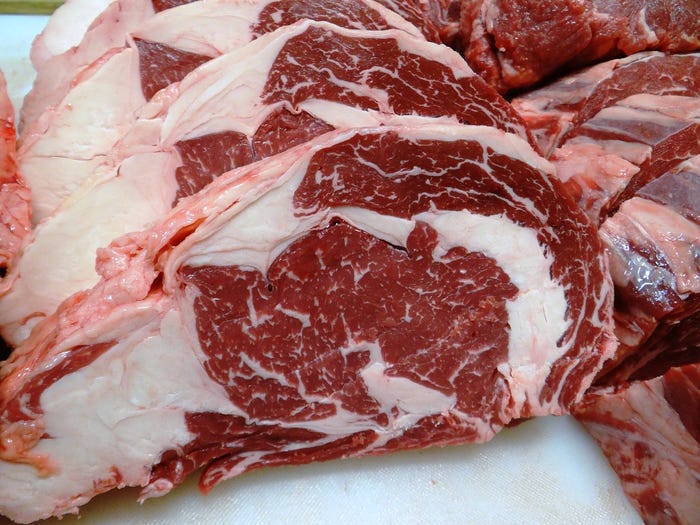thumbnail
Cattle Market Outlook
Inventory pyramid will pay off for cattle businessInventory pyramid will pay off for cattle business
Be sure to build a strong foundation for the inventory pyramid, it will increase your profits in the end.
Subscribe to Our Newsletters
BEEF Magazine is the source for beef production, management and market news.





































